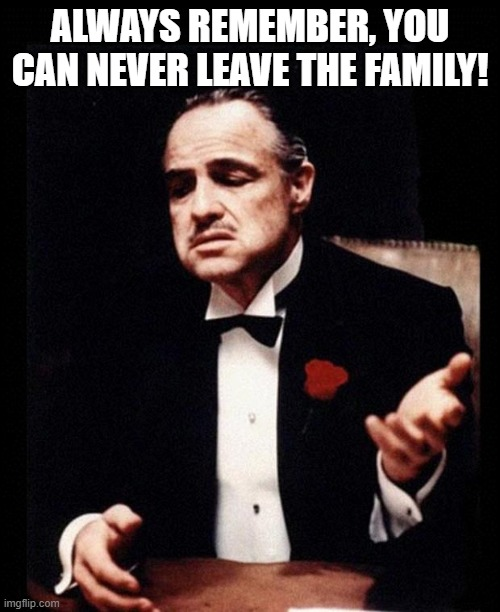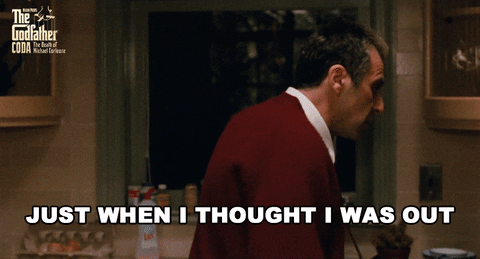I find the new wording to be almost impossible to parse.
And the part about ignoring obstruction if the runner would've been clearly out shows the idiots who are writing this don't understand either the word "obstruction" or the purpose of the rule in the first place. You shouldn't need that caveat because, if the runner would have been "clearly out," then she wasn't being obstructed in the first place!
What's wild about this is the obstruction rule is completely clear in every other rule set in softball and baseball (OK, maybe not NCAA baseball; I admittedly have no idea what the rule says there). They keep muddying the waters for no reason when we have a perfectly good rule and some variations on those rules that all make sense and are easy to understand and enforce everywhere else.
And the part about ignoring obstruction if the runner would've been clearly out shows the idiots who are writing this don't understand either the word "obstruction" or the purpose of the rule in the first place. You shouldn't need that caveat because, if the runner would have been "clearly out," then she wasn't being obstructed in the first place!
What's wild about this is the obstruction rule is completely clear in every other rule set in softball and baseball (OK, maybe not NCAA baseball; I admittedly have no idea what the rule says there). They keep muddying the waters for no reason when we have a perfectly good rule and some variations on those rules that all make sense and are easy to understand and enforce everywhere else.





